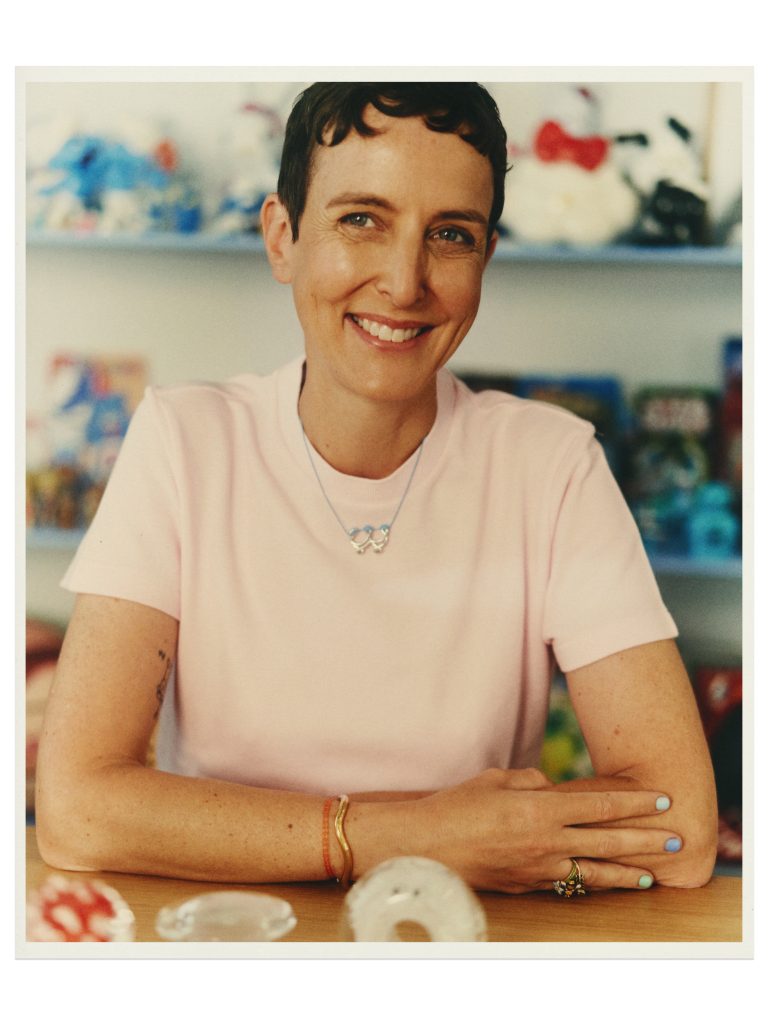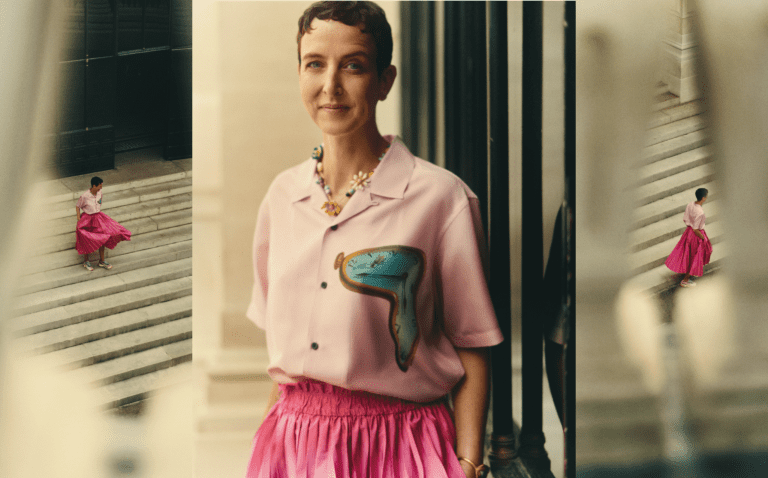
After co-founding the iconic concept store Colette in 1997, Andelman’s name was etched in cultural history and her influence spread far beyond the confines of retail. Her collaborations became the symphony of a new generation, uniting brands, artists, and musicians in a harmonious crescendo of creativity. When the curtains closed on Colette in 2017, the stage was set for a new artistic chapter— Just an Idea, a publishing house.
Just an Idea is a testament to Andelman’s bold embrace of the physical in a digital age. The collectible books she publishes reveal a curated world that transcends their paper binding. At a time when the ephemeral often overshadows the tangible, Just an Idea rekindles our connection to the real.
Read our interview with Sarah Andelman, where she explores the connection between art history, creativity, and the value of print in a digital age, all through her journey at Colette and beyond.
hube: Can studying the history of art help cultivate good taste? Or is such ‘taste’ a gift?
Sarah Andelman: I don’t know what good taste is, and I don’t think there is just one kind of good taste; it’s very subjective. The impact of the history of art on our perception is more about knowledge. I think it’s important to know the past in order to understand the present and the future. The history of art is so large and mysterious that I don’t think it’s related to learning good or bad taste. Instead, I think that understanding how creativity has developed over time allows us to better appreciate contemporary art or fashion with context.
h: You were one of the first visionaries to acknowledge the potential of interdisciplinary collaborations; your work has combined art, music, fashion, design, and gastronomy. Are there any other disciplines we should add to this list?
SA: I’m really interested in everything from food to beauty, music, and sport. I admire passionate people. I love people who create new things and push ideas outside of the box and into different fields. I love people who go hiking in the mountains ☺ it’s a great way to break things up. I would say it’s life in general that fascinates me. I love learning and exploring how everything is connected.

